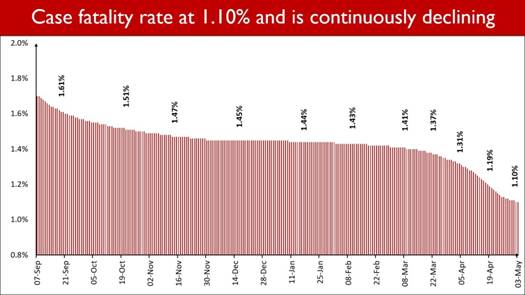January 31, 2025 – A new study sheds light on the high discontinuation rates of glucagon-like peptide-1 receptor agonists (GLP-1 RAs) among patients with overweight or obesity. The research, published in JAMA Network Open, indicates that more than half of patients stop using these medications within one year, with even higher dropout rates among those without type 2 diabetes (T2D).
Key Findings
The study analyzed electronic health records from over 125,000 adults in the United States who began GLP-1 RA treatment between 2018 and 2023. Researchers found that:
- 53.6% of patients discontinued GLP-1 RAs within one year and 72.2% stopped by two years.
- Patients without T2D had higher discontinuation rates (64.8% at one year) compared to those with T2D (46.5%).
- Weight loss, financial constraints, and adverse events were key factors associated with discontinuation.
- Weight regain was a strong predictor for reinitiation, with 47.3% of patients with T2D resuming treatment within a year, compared to 36.3% of those without T2D.
Challenges to Long-Term Use
Lead author Patricia J. Rodriguez, PhD, of Truveta, Inc., noted that the study provides crucial insights into why patients stop using these medications. “GLP-1 medications have transformed diabetes and obesity treatment, but many patients face challenges that prevent long-term adherence,” Rodriguez said.
Senior author Ezekiel Emanuel, MD, PhD, from the University of Pennsylvania, emphasized the role of insurance policies in adherence. “These insights highlight the need for better coverage for individuals without T2D, along with strategies to manage side effects and improve adherence,” he stated.
Hamlet Gasoyan, PhD, from the Center for Value-Based Care Research at Cleveland Clinic, commented that the findings align with prior studies. He pointed out that insurance barriers are a major factor limiting the sustained use of GLP-1 RAs, particularly for weight management.
Financial and Clinical Considerations
The study revealed that higher-income patients with T2D were less likely to discontinue GLP-1 RAs, with those earning over $80,000 having a 28% lower likelihood of stopping compared to those earning less than $30,000. Conversely, financial constraints were the most cited reason for discontinuation among patients without T2D.
Additionally, patients experiencing moderate or severe gastrointestinal (GI) side effects had a significantly higher likelihood of stopping treatment. Among those who reinitiated therapy, weight gain was the strongest predictor for restarting medication.
Implications for Treatment and Policy
These findings underscore the need for personalized treatment plans, financial assistance programs, and improved insurance coverage to support long-term adherence to GLP-1 RAs. Experts suggest that clinicians should work closely with patients to manage side effects and address affordability issues.
Disclaimer
This article is based on research findings published in JAMA Network Open and includes expert opinions. It is intended for informational purposes only and does not constitute medical advice. Patients should consult their healthcare providers for guidance on treatment options.
The study highlights the complexities surrounding GLP-1 RA use and the barriers many patients face in maintaining treatment. As these medications continue to gain popularity, understanding real-world usage patterns will be essential for optimizing care and ensuring long-term patient success.












